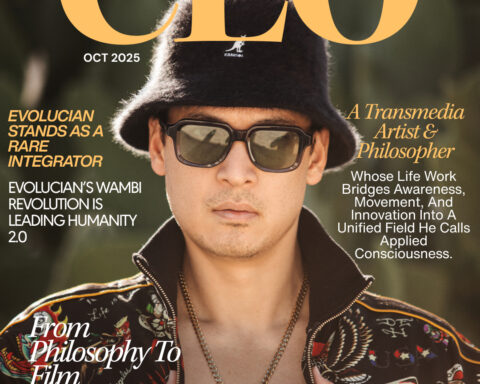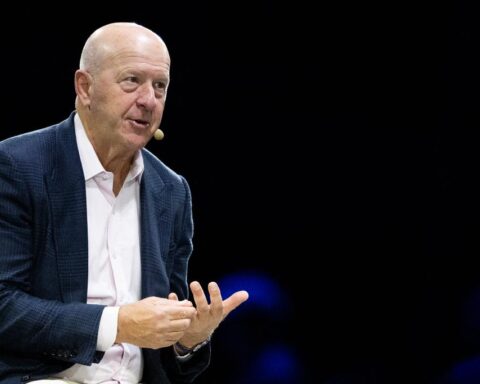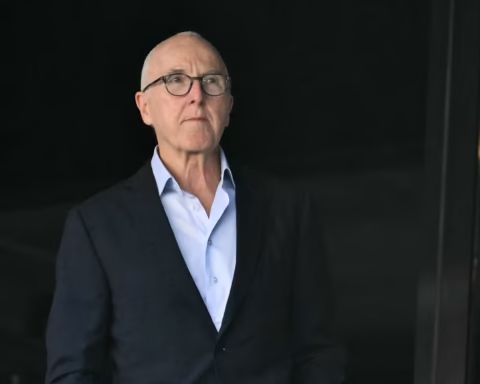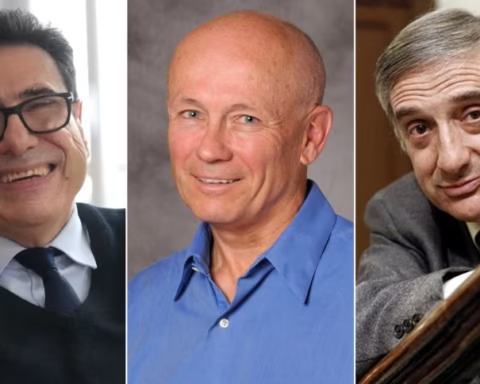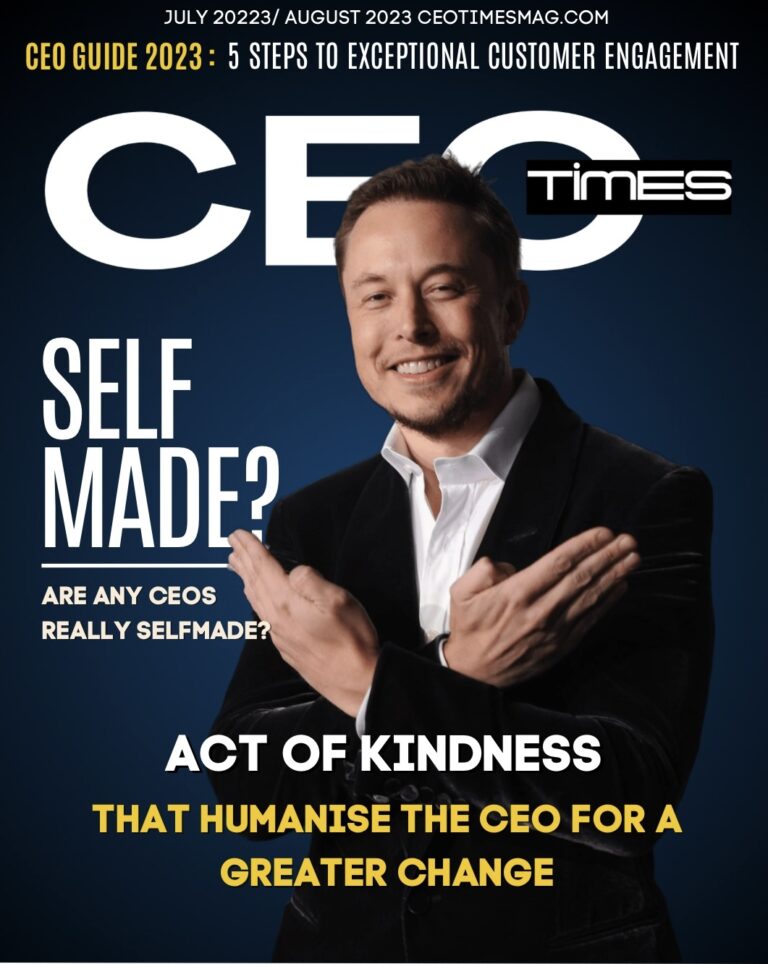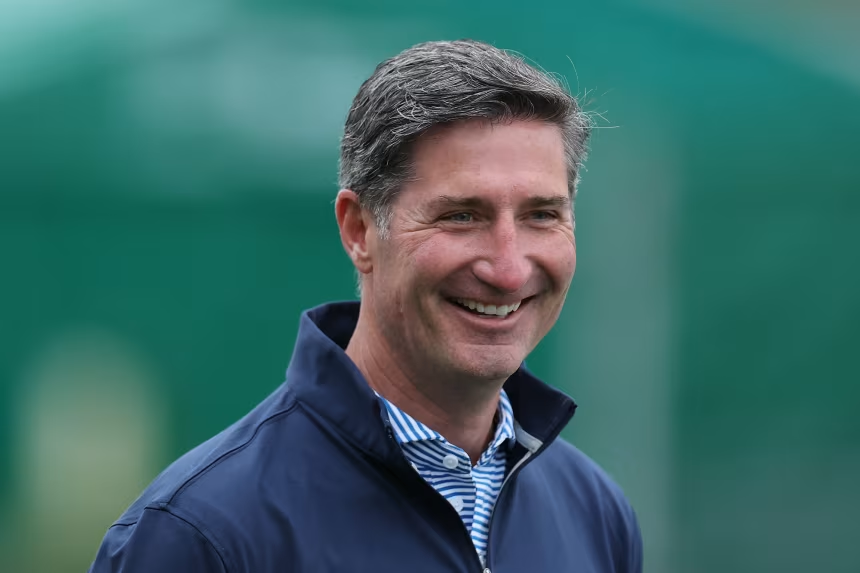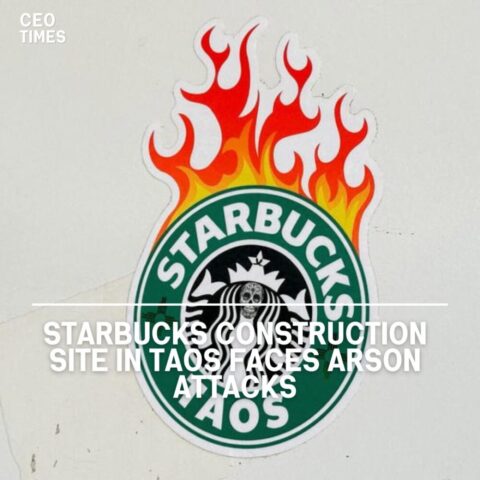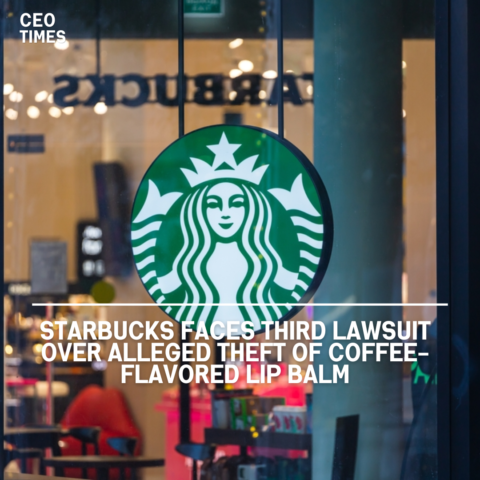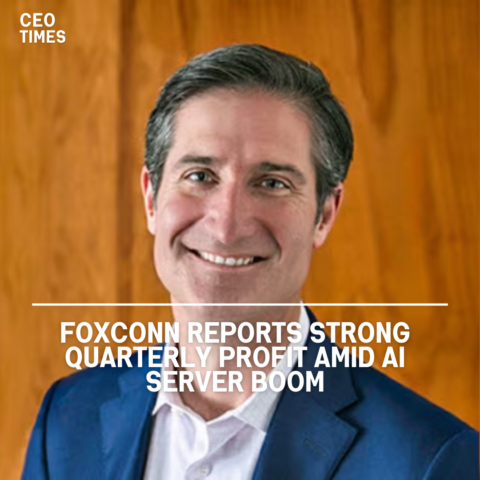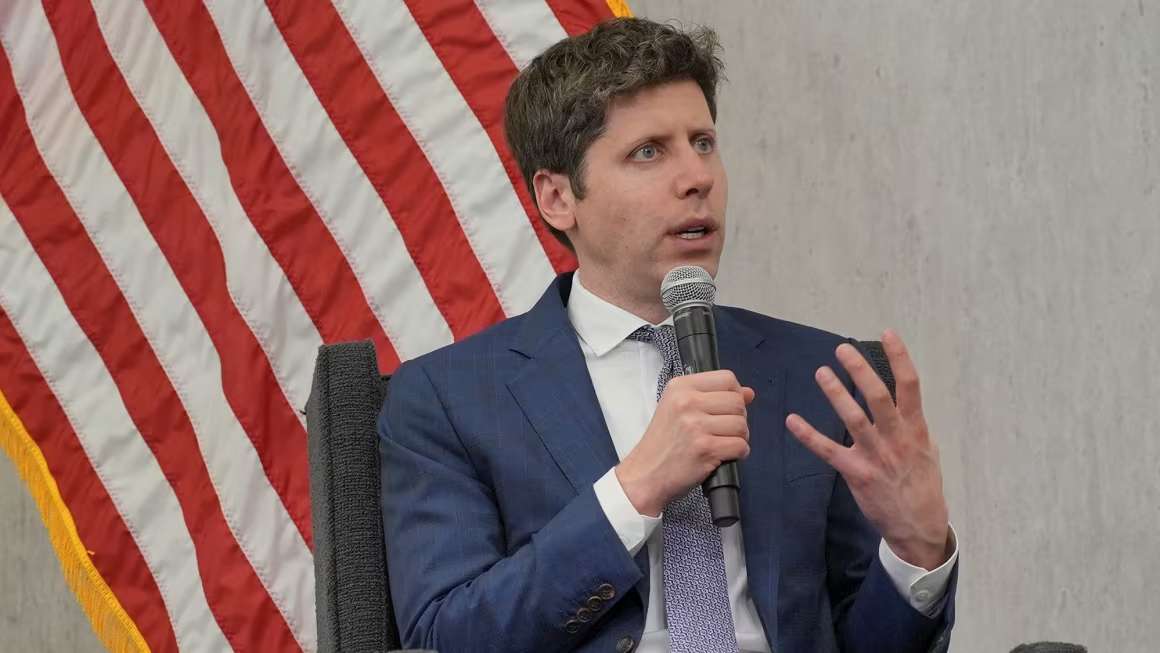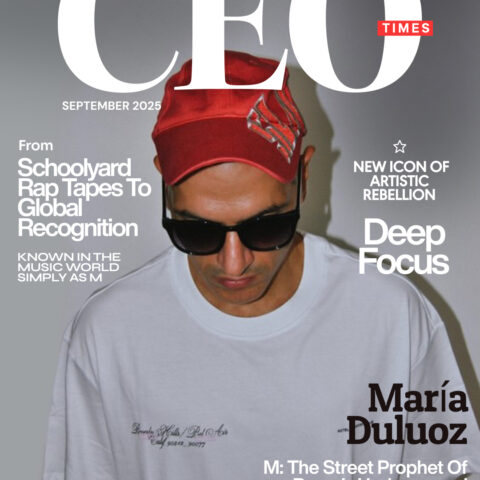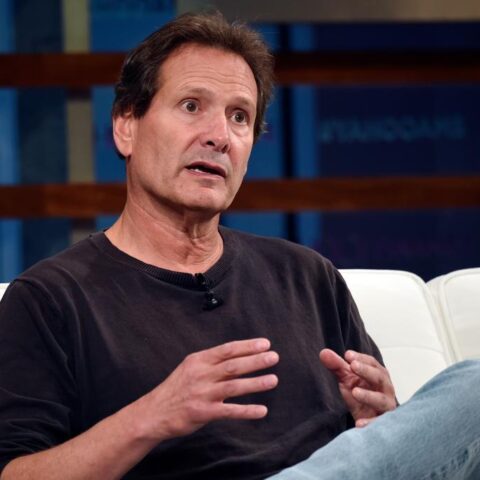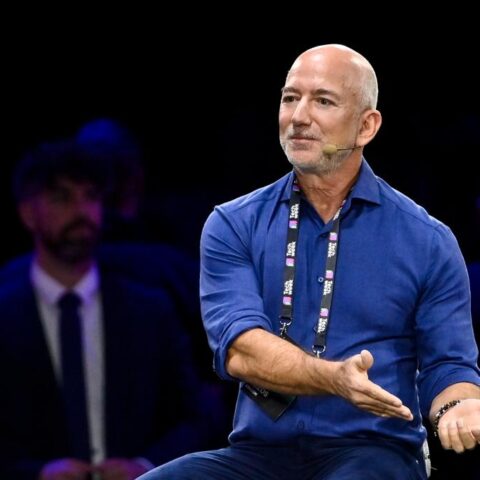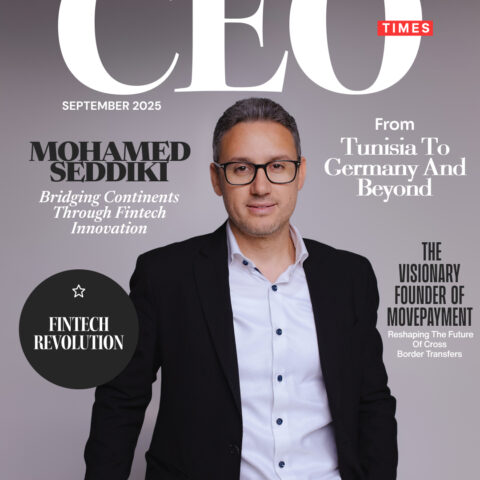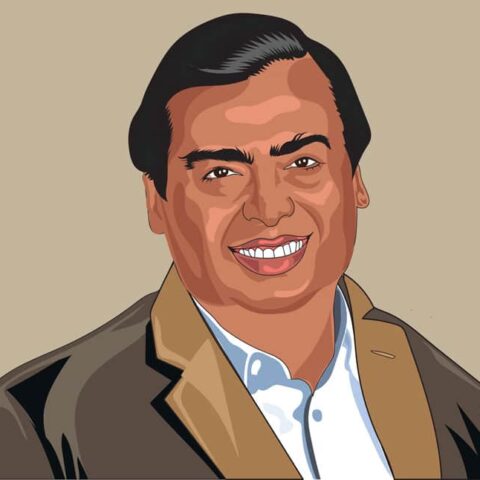AFL-CIO report reveals widening income inequality as CEO compensation hits record highs while workers see modest wage increases
Starbucks’ coffee isn’t the only thing getting supercharged—the company’s executive compensation is also reaching sky-high levels.
According to the AFL-CIO’s annual Executive Paywatch report, Starbucks CEO Brian Niccol earned a staggering 6,666 times more than the company’s typical worker in 2024. This marks the widest pay gap among the nation’s 500 largest public companies, a stark symbol of America’s growing income inequality.
Niccol, who assumed leadership of Starbucks in September last year, received nearly $98 million in total compensation. In comparison, the typical Starbucks worker—often a part-time barista—earned less than $15,000, according to the report, which is based on SEC corporate filings.
The numbers reflect a larger national trend. CEOs at S&P 500 companies earned an average of $18.9 million in 2024, which equates to 285 times the pay of the median U.S. worker, who took home $49,500. This represents an increase from a 268:1 ratio just a year earlier, and pushes CEO pay to a new peak, surpassing the 2021 record.
To put the disparity into perspective: the average U.S. employee would have had to start working in 1740 to match a CEO’s 2024 income, the report points out.
Why the Disparity?
At Starbucks, the company says its median employee pay is reduced by the prevalence of part-time and flexible work arrangements. Additionally, the calculation includes Starbucks’ global workforce of 361,000, not just the 210,000 U.S.-based employees.
Still, critics say the disparity is untenable.
“It’s no wonder why the workers there at Starbucks are fighting to form a union… to improve their pay and working conditions,” said Fred Redmond, Secretary-Treasurer of the AFL-CIO. “These numbers only begin to scratch the surface of how runaway executive pay is fueling economic inequality.”
Starbucks Workers United, the union organizing effort at the company, has staged multiple strikes across locations in recent years, calling for better wages and more equitable treatment.
Executive Pay vs Worker Gains
While CEOs saw a 7% increase in compensation in 2024, private-sector workers received an average raise of just 3%, according to data from the Bureau of Labor Statistics. Executive compensation often consists heavily of restricted stock awards and bonuses, rather than salaries. In Niccol’s case, a significant portion of his pay came from such stock-based incentives.
The highest-paid CEO overall in the S&P 500 was Patrick Smith of Axon Enterprise, maker of Tasers and law enforcement technology, who earned a staggering $165 million.
Tax Breaks Add Fuel to the Fire
The report also shines a light on recent tax legislation, pointing to inequities in how benefits are distributed. Under the July 4 tax and spending cuts package signed into law by former President Donald Trump, CEOs will enjoy average tax breaks of nearly $490,000, compared to just $765 for the typical worker. The extension of individual income tax rate cuts from Trump’s 2017 Tax Cuts and Jobs Act continues to disproportionately benefit the wealthy.
Despite multiple requests, Starbucks did not immediately respond to comment on the AFL-CIO findings.
A Growing Call for Change
As economic inequality sharpens, public scrutiny of corporate compensation is growing louder. Union leaders, labor advocates, and even some policymakers are urging reforms—from corporate governance changes to fairer tax policies.
The Starbucks case has become emblematic of this broader conversation. As millions of workers continue to press for livable wages, the ballooning pay of top executives remains a flashpoint for national debate.

